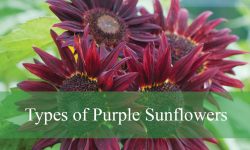Gardening in Florida comes with many challenges, and one common problem is keeping rabbits from munching on your plants. Fortunately, there are many beautiful and hardy plants that rabbits tend to avoid. These rabbit-resistant plants not only add color and texture to your garden but also help you maintain a healthy, pest-free landscape.
This guide highlights 20 of the best rabbit-resistant plants that thrive in Florida’s diverse climate zones. From vibrant flowers to tough shrubs and aromatic herbs, each plant is chosen for its ability to withstand Florida’s heat, humidity, and local wildlife. With clear pictures and detailed descriptions, you’ll easily find the right plants for your garden.
Whether you have a small backyard or a large landscape, these rabbit-resistant plants will help protect your garden while enhancing its beauty. Discover how to create a rabbit-friendly yet rabbit-resistant garden that flourishes year-round in Florida’s unique environment.
Best Flowering Plants Rabbits Avoid in Florida Gardens
Lantana (Lantana camara)
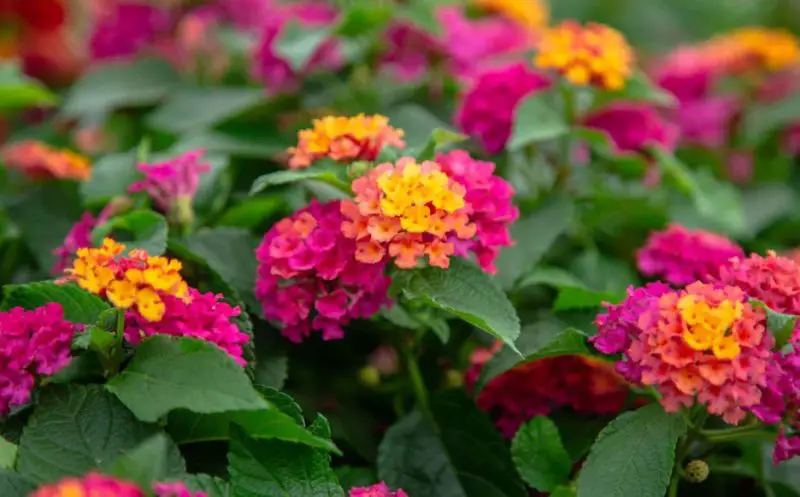
Lantana is a sun-loving, colorful flowering plant commonly grown in Florida landscapes. Its blooms form in tight clusters and come in vibrant blends of yellow, red, orange, pink, and purple. The plant often takes a spreading or mounding form and can grow between 2 to 6 feet tall, depending on the variety and pruning practices.
Its leaves are coarse, rough-edged, and emit a sharp citrusy odor when crushed. This strong scent, combined with the mildly toxic nature of the foliage, makes lantana unappealing to rabbits. Many gardeners in Florida find lantana to be naturally rabbit-resistant, allowing it to flourish without protective fencing or sprays.
Lantana thrives in full sun and well-drained soil, and it performs excellently in Florida’s USDA zones 8 through 11. It is drought-tolerant and heat-loving, making it ideal for coastal gardens, sandy soils, and butterfly landscapes. Beyond being rabbit-resistant, lantana is highly attractive to pollinators like bees, butterflies, and hummingbirds.
Society Garlic (Tulbaghia violacea)
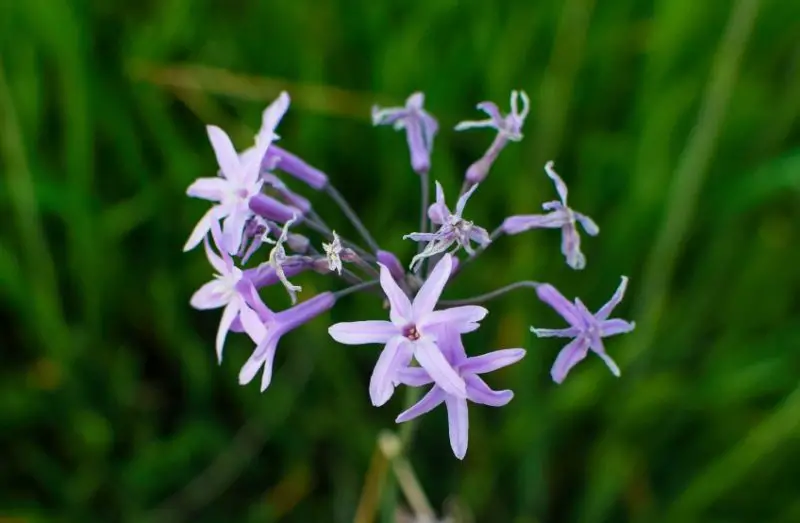
Society Garlic is a clump-forming perennial with long, narrow, blue-green leaves and clusters of star-shaped lavender to purple flowers that appear from spring to fall. The plant typically reaches 18 to 24 inches in height and works beautifully as a border or container plant in ornamental gardens.
Its leaves give off a pungent garlic-like smell when touched or bruised, which is one of the reasons rabbits avoid it. While not true garlic, the plant contains similar sulfur compounds that act as a natural deterrent to herbivores. Even its flowers, though mild in fragrance to humans, are not palatable to rabbits.
Well-suited to Florida’s warm, humid climate, Society Garlic thrives in full sun and sandy or loamy soils. It grows best in USDA zones 8 to 11, covering most of the state, and can withstand both drought and seasonal rains. Its deer and rabbit resistance, coupled with its ornamental value, makes it a popular landscape choice.
Salvia (Salvia spp.)
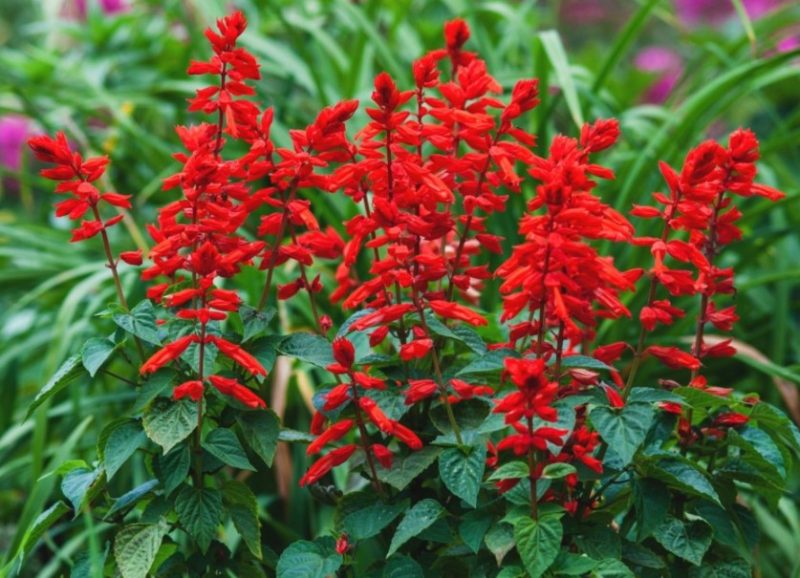
Salvia is a large and diverse genus that includes annuals, perennials, and shrubs, all prized for their spiky blooms and fragrant foliage. Common flower colors include blue, purple, red, pink, and white. Depending on the species, salvia can grow from 1 foot to over 4 feet tall, often with upright stems and textured, aromatic leaves.
The distinct scent of salvia leaves, ranging from sweet and spicy to camphor-like, is known to repel rabbits. Most rabbits avoid nibbling on salvia due to the pungent oils present in the foliage. This natural defense makes it a great companion plant in gardens where rabbit browsing is a problem.
Salvias are heat- and humidity-tolerant and grow well in full sun with good drainage. Many species perform reliably across Florida, especially in zones 8 to 10. They are often used in butterfly and pollinator gardens since they attract hummingbirds, bees, and butterflies, while resisting pests and rabbits alike.
Pentas (Pentas lanceolata)

Pentas, commonly called Egyptian Star Clusters, are tropical perennials loved for their bold, five-petaled flowers arranged in clusters. Their blossoms come in red, pink, white, lavender, and purple and bloom nearly year-round in Florida’s warm climate. Mature plants usually reach 2 to 3 feet tall with a compact, bushy habit.
While attractive to butterflies and hummingbirds, pentas are generally avoided by rabbits. The foliage is somewhat rough and mildly bitter, which makes it unappealing for foraging. Although not toxic, the plant’s texture and taste act as a passive defense against rabbit damage.
Pentas are well-suited to Florida’s subtropical and tropical climate, especially in USDA zones 9 to 11, where they can grow as perennials. In zone 8, they are commonly grown as annuals. They perform best in full sun and moist, well-drained soil and are ideal for flower beds, borders, and container arrangements.
Coreopsis (Coreopsis spp.)

Coreopsis, also known as tickseed, is Florida’s official state wildflower and a favorite among gardeners for its bright daisy-like blooms. The flowers come in cheerful shades of yellow, gold, orange, and sometimes red. Most varieties grow 1 to 3 feet tall and have fine, airy foliage that gives a soft texture to the landscape.
Rabbits tend to steer clear of coreopsis, likely due to its bitter-tasting leaves and thin, wiry stems. While not toxic, the plant is not palatable, and its texture doesn’t appeal to foraging animals. As a result, it’s considered one of the more reliable rabbit-resistant flowers for Florida gardens.
Coreopsis thrives in full sun and well-drained, sandy soils, which are common throughout Florida. It is well-adapted to USDA zones 8 to 11 and performs well in both wildflower meadows and cultivated beds. It also tolerates heat, humidity, and periods of drought, making it an ideal choice for low-maintenance, rabbit-resistant landscapes.
Gaillardia (Gaillardia pulchella)
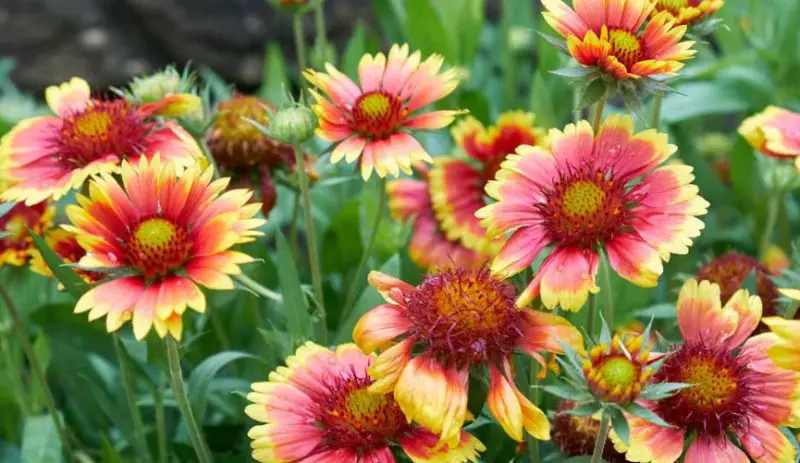
Gaillardia, commonly known as Blanket Flower, is a bright and cheerful wildflower native to the southeastern United States, including Florida. It features daisy-like blooms with vivid red, orange, and yellow hues, often in a bi-colored pattern. Plants typically grow 1 to 2 feet tall and have a loose, branching form, creating a natural, meadow-like appearance.
Its fuzzy, hairy leaves are one of the reasons rabbits tend to avoid it. The texture of the foliage, combined with its bitter taste, makes Gaillardia an unattractive food source for browsing animals. Though not toxic, its natural defenses are usually enough to prevent damage in areas with high rabbit activity.
Gaillardia thrives in full sun and sandy, well-drained soil, making it an excellent choice for Florida’s hot, dry areas and coastal regions. It is drought-tolerant, performs well in zones 8 through 11, and is a favorite in native plant gardens, pollinator beds, and roadside wildflower mixes.
Butterfly Weed (Asclepias tuberosa)
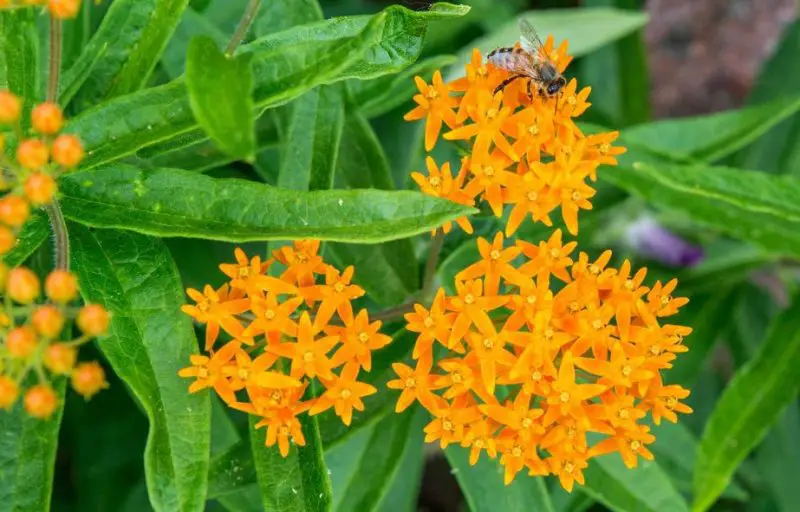
Butterfly Weed is a striking native perennial that belongs to the milkweed family. It produces bright orange flower clusters atop stiff, upright stems and grows between 1 and 3 feet tall. Unlike other milkweeds, its leaves are narrow and pointed, and it does not produce milky sap in abundance—but still contains the same defensive toxins.
The plant’s sap contains cardenolides, toxic compounds that deter not only rabbits but also many other herbivores. Most rabbits instinctively avoid eating Butterfly Weed due to its toxicity. This natural protection makes it a low-maintenance and pest-resistant plant suitable for wildlife-friendly gardens.
Ideal for full sun and dry to average soil, Butterfly Weed grows well in USDA zones 8 to 11 and is widely used across Florida. It is essential for supporting monarch butterflies, serving as a larval host plant while resisting rabbit damage. It’s a top pick for butterfly gardens and native wildflower landscapes.
Yarrow (Achillea millefolium)

Yarrow is a hardy perennial known for its clusters of tiny flowers in white, yellow, pink, or red shades, and its fern-like, aromatic foliage. It typically grows between 1 and 3 feet tall and spreads by rhizomes, forming a dense, carpet-like mat over time. Its delicate flowers appear from late spring through fall.
Rabbits tend to avoid yarrow because of its strong scent and bitter-tasting leaves. The foliage contains volatile oils that act as a natural repellent, discouraging nibbling by small mammals. This makes yarrow a great companion plant for more vulnerable species in the garden.
In Florida, yarrow performs best in dry, sunny areas with good air circulation and well-drained soil. It is suitable for USDA zones 3 through 10, meaning it thrives across most of the state, particularly in north and central regions. Yarrow is often used in pollinator gardens, rock gardens, and medicinal herb beds for its beauty and resilience.
Lavender (Lavandula spp.)
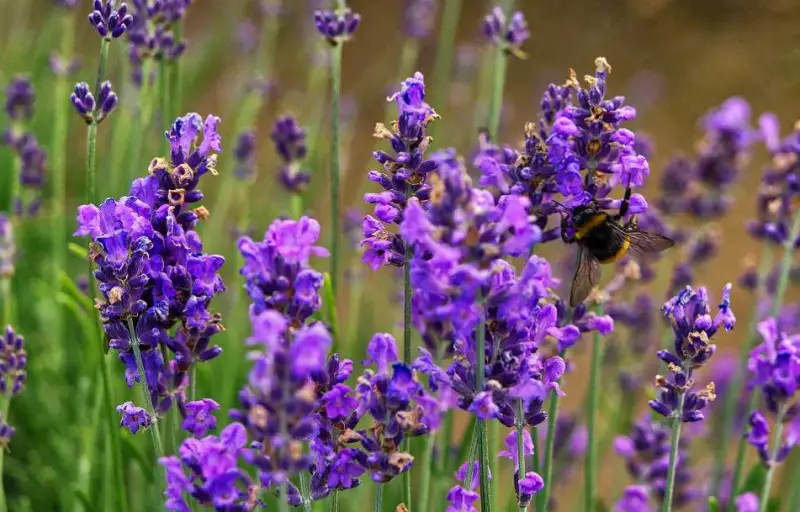
Lavender is a Mediterranean herb loved for its soothing fragrance and silvery-green foliage. Though not native to Florida, certain cultivars like ‘Phenomenal’ and Spanish lavender can adapt to the state’s climate when planted in the right conditions. Lavender typically grows 1 to 3 feet tall and blooms in shades of purple, violet, or blue.
Its strong, aromatic oils make it highly unappealing to rabbits. The scent is overwhelming to many mammals, and the tough, dry texture of its leaves adds another layer of protection. Rabbits rarely, if ever, feed on lavender, making it a favorite in rabbit-resistant plantings.
Lavender requires full sun, excellent drainage, and slightly alkaline soil to thrive. It grows best in raised beds or containers in Florida, especially in central and northern zones where winters are cooler and humidity is lower. Proper spacing and airflow are key to preventing fungal problems in Florida’s humid summers.
Rosemary (Rosmarinus officinalis)

Rosemary is a woody, evergreen shrub native to the Mediterranean, prized for its needle-like leaves and culinary use. It produces small blue, white, or lavender flowers and grows 2 to 4 feet tall, with some upright varieties reaching over 5 feet. Its dense, aromatic foliage gives off a strong pine-like scent.
Rabbits typically avoid rosemary because of its intense aroma and leathery leaf texture. The plant’s oils are highly concentrated and unpalatable to most herbivores, offering excellent natural protection without any pesticides. It’s a reliable choice in areas prone to rabbit damage.
In Florida, rosemary performs well in full sun and well-drained, sandy soil. It is best suited for USDA zones 8 to 10, making it ideal for central and north Florida gardens. It thrives with minimal watering and is often grown in herb gardens, coastal landscapes, and Mediterranean-style borders for its resilience and utility.
Coneflower (Echinacea purpurea)
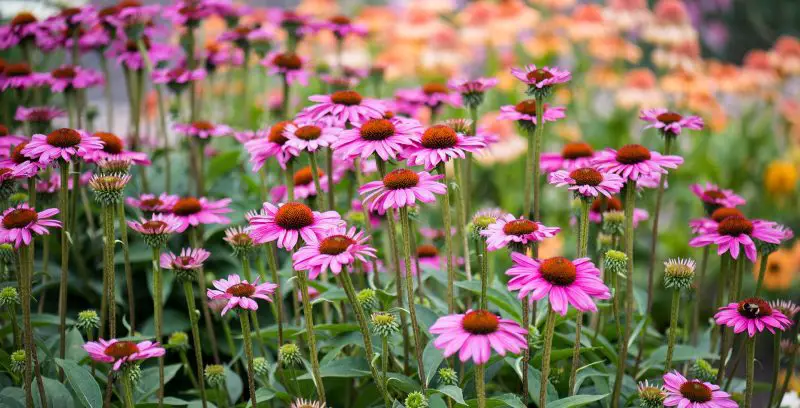
Coneflower is a striking native wildflower recognized by its large, purple-pink petals and spiny, orange-brown central seed cone. It typically grows 2 to 4 feet tall on upright stems with coarse, lance-shaped leaves. This plant is a staple in native and pollinator gardens across the United States, including northern and central Florida.
Rabbits generally avoid coneflowers due to their bitter-tasting leaves and tough, hairy texture. While not toxic, the plant’s foliage is unpleasant to nibble on, making it an excellent rabbit-resistant addition to any sunny flower bed. Meanwhile, its flowers attract a wide array of butterflies, and birds love the seed heads in fall and winter.
Coneflower thrives in full sun and well-drained soil, and it is especially drought-tolerant once established. It grows best in USDA zones 4 through 9, making it well-suited to north and central Florida gardens. Easy to care for and long-blooming, coneflowers also pair beautifully with ornamental grasses and other native species.
Dusty Miller (Senecio cineraria)

Dusty Miller is a compact, ornamental foliage plant loved for its silvery-white, deeply lobed leaves that resemble velvet in texture. The soft, fuzzy appearance provides a striking contrast when planted alongside green-leaved or flowering plants. It typically grows 12 to 18 inches tall and wide.
Its fuzzy texture and unusual color make Dusty Miller unappealing to rabbits. The foliage has a slightly bitter taste and a soft surface that deters chewing. This rabbit-resistant trait, along with its ability to withstand heat and drought, makes it an excellent choice for Florida flower beds and borders.
Dusty Miller prefers full sun and sandy, well-draining soils. It thrives in USDA zones 7 through 10, which includes nearly all of Florida. Though often grown as an annual in colder climates, it can be perennial in central and south Florida. Its heat tolerance and low maintenance needs make it ideal for bright, dry spots in the garden.
Tickseed (Coreopsis leavenworthii)
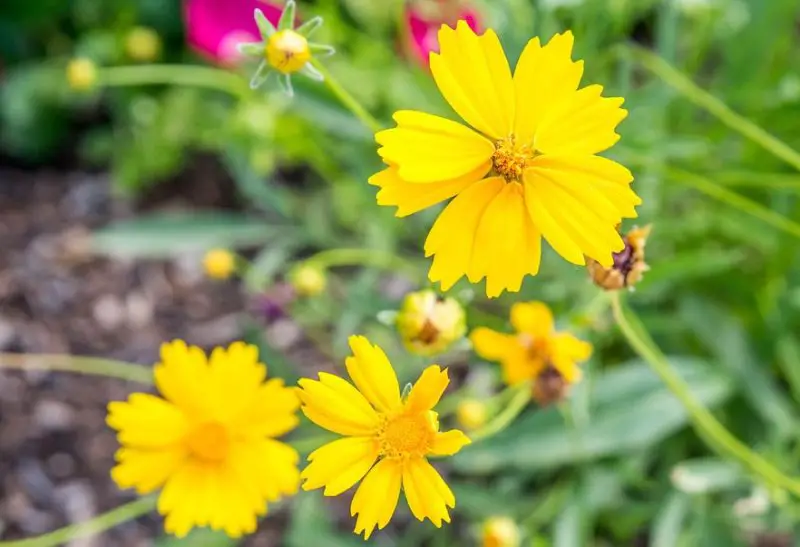
Coreopsis leavenworthii, often simply called Tickseed, is a Florida-native wildflower and a close relative of Coreopsis grandiflora. This species features cheerful yellow petals with reddish centers and grows 1 to 2 feet tall. Its feathery foliage and abundant flowers make it popular in meadows, roadsides, and native gardens.
The foliage of this Coreopsis variety is thin and bitter, which rabbits tend to avoid. While not harmful, the taste and texture offer enough deterrent to keep foraging at bay. Like other coreopsis species, Tickseed is a safe bet for gardeners seeking both beauty and rabbit resistance.
Tickseed thrives in full sun and sandy, well-drained soils, and it grows especially well in Florida’s zones 8 through 11. It blooms from spring through fall and requires little watering once established. As a native wildflower, it’s a perfect low-maintenance plant for naturalized gardens and sunny open spaces.
Mexican Heather (Cuphea hyssopifolia)
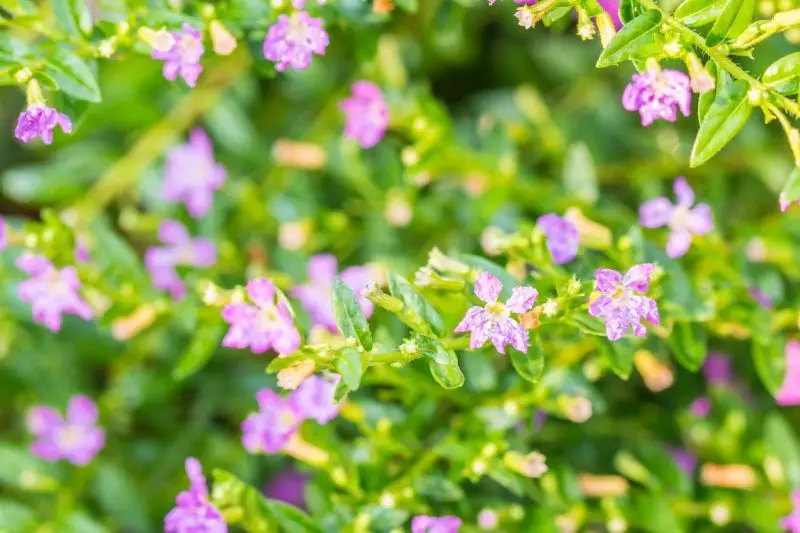
Mexican Heather is a small, evergreen shrub with fine-textured, glossy green leaves and dainty purple, lavender, or white flowers. This dense plant forms a neat mound around 12 to 24 inches tall and wide, making it perfect for edging, borders, or groundcover in tropical and subtropical gardens.
Its foliage and growth habit are typically avoided by rabbits, possibly due to the dense branching and mildly fragrant leaves. Although not toxic, the plant is generally unappealing to foraging animals, making it a good choice for rabbit-prone gardens in southern parts of Florida.
Mexican Heather thrives in full sun to partial shade and prefers well-draining, moderately moist soil. It grows best in USDA zones 9 to 11, particularly in central and south Florida. This long-blooming plant is a reliable performer in beds, containers, and tropical-style plantings, offering continuous color throughout the growing season.
Ornamental Alliums (Allium spp.)
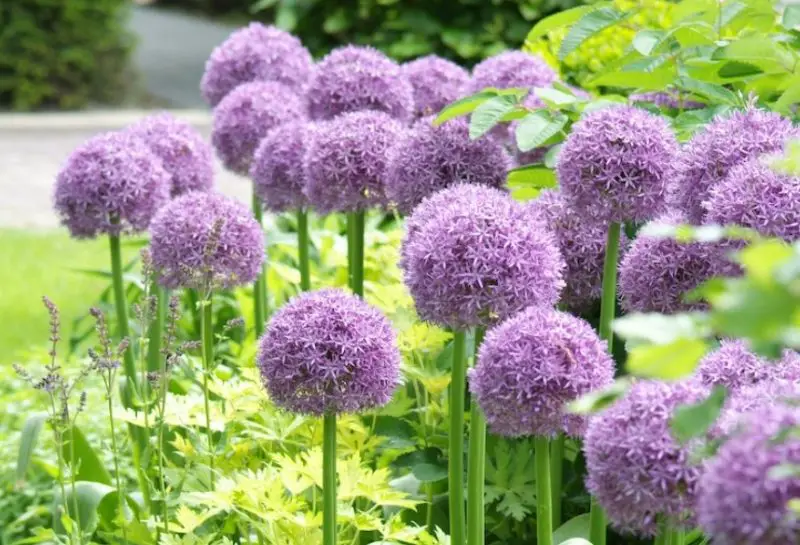
Ornamental Alliums are part of the onion family and are grown more for their bold, spherical flower heads than for culinary use. These globe-like blooms come in shades of purple, pink, white, or yellow and rise above narrow, grass-like foliage. Heights vary by species, ranging from 10 inches to 3 feet tall.
Like their edible cousins, ornamental alliums contain sulfur compounds that give off a strong, oniony smell. This aroma, combined with mild toxicity, discourages rabbits and deer from feeding on them. Most rabbits instinctively avoid alliums, making them a solid addition to rabbit-resistant plantings.
Alliums grow best in full sun and well-drained soil, which suits many Florida landscapes—particularly in central and north Florida. While not all varieties thrive in Florida’s humidity, certain cultivars like ‘Millenium’ are better adapted. They do best in USDA zones 4 to 9 and should be planted in areas with good airflow and dry soil between waterings.
Foxglove (Digitalis purpurea)

Foxglove is a striking biennial or short-lived perennial known for its tall spikes of tubular flowers that bloom in shades of purple, pink, cream, or white. These dramatic flower stalks can reach up to 4 to 5 feet tall and are a favorite for adding vertical interest to flower beds or cottage gardens. The leaves form a rosette at the base and are soft and slightly fuzzy.
One of the key reasons foxglove is rabbit-resistant is its toxicity. All parts of the plant contain cardiac glycosides, which are harmful to many animals, including rabbits. This natural defense deters most herbivores from chewing on it, making it a good protective plant in mixed borders.
Foxglove grows best in partial shade and cool, moist, well-drained soils. In Florida, it performs better in the northern and central parts of the state, especially within USDA zones 4 through 9. While it may struggle in southern Florida’s heat and humidity, foxglove can be grown as an annual or cool-season plant in those areas.
Marigold (Tagetes spp.)
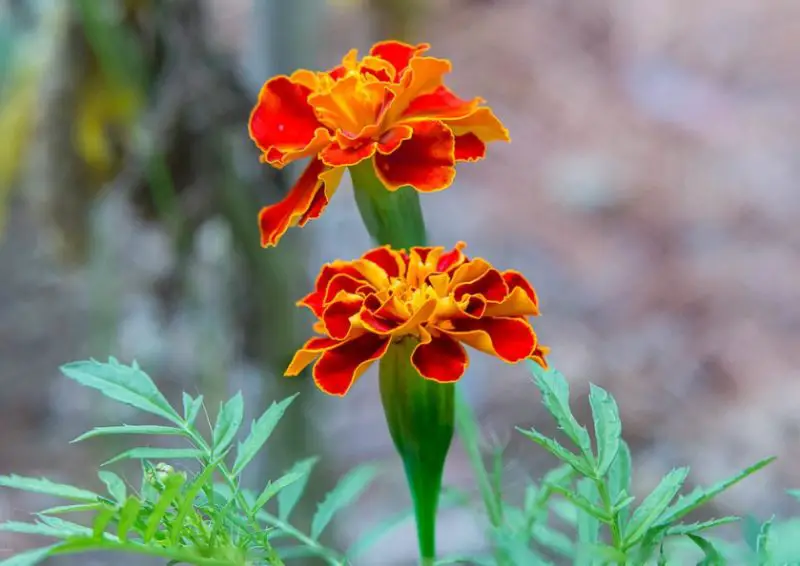
Marigolds are cheerful, sun-loving annuals with bright blooms in yellow, orange, and red hues. These compact plants range from 6 inches to over 2 feet tall, depending on the variety, and are commonly used in borders, containers, and vegetable gardens. Their frilly leaves and bold flower heads add instant color.
The pungent, musky aroma of marigold foliage and flowers is what makes them rabbit-resistant. The strong smell acts as a natural deterrent not only for rabbits but also for a range of insect pests. Marigolds are often used as companion plants to protect more vulnerable vegetables and ornamentals.
Marigolds thrive in full sun and are well-suited to Florida’s warm climate. In southern Florida (zones 10–11), they can bloom almost year-round, while in central and northern areas, they grow best during the cooler months. Their adaptability and protective properties make them a practical and colorful addition to Florida gardens.
Bottlebrush (Callistemon spp.)
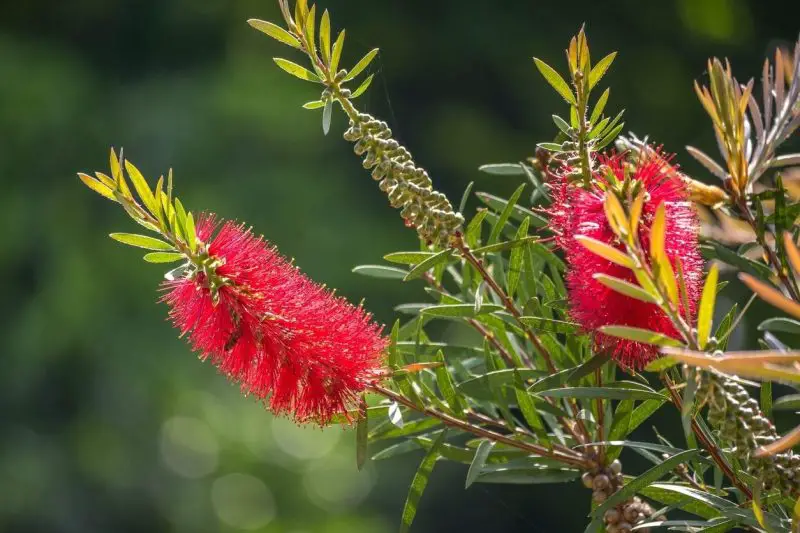
Bottlebrush is a woody evergreen shrub native to Australia, named for its distinctive red, cylindrical flower spikes that resemble a bottle brush. These vibrant blooms are highly attractive to hummingbirds and appear throughout the warm months. Most bottlebrush plants grow 6 to 15 feet tall, depending on the species and pruning.
Rabbits generally leave bottlebrush alone, as the foliage is leathery and unappetizing. While not toxic, its rough texture and aromatic oils make it an undesirable snack for most browsing animals. This resistance, along with its drought tolerance, makes bottlebrush a great choice for low-maintenance landscapes.
Bottlebrush thrives in full sun and well-drained soil and is particularly well-suited to southern and coastal Florida. It performs best in USDA zones 9 to 11 and can tolerate salty conditions, making it ideal for seaside gardens. It is commonly used as a hedge, screen, or specimen plant in Florida yards.
Lamb’s Ear (Stachys byzantina)
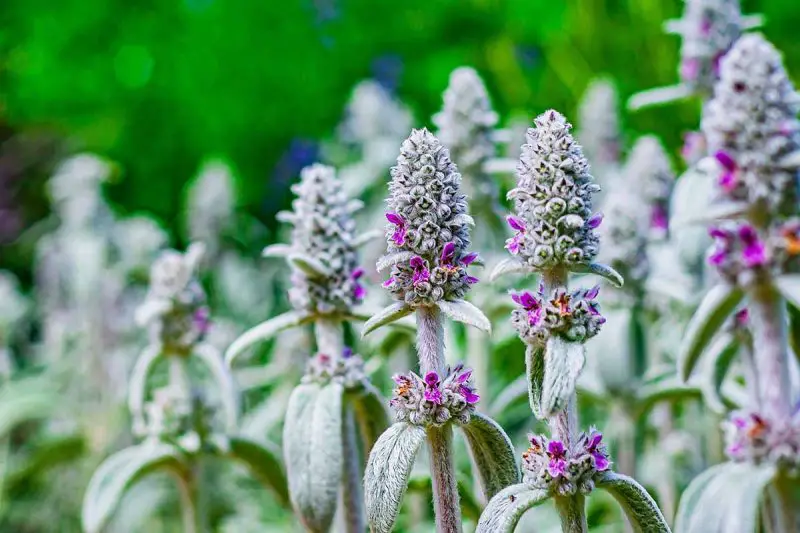
Lamb’s Ear is a low-growing perennial known for its soft, silvery-gray foliage that feels like velvet. The leaves form dense rosettes and spread along the ground, making it a popular groundcover or edging plant. Occasionally, it produces spikes of purple-pink flowers on tall stems, although it’s often grown more for its foliage.
Its fuzzy texture is a major deterrent for rabbits. Most animals dislike the feel of its dense, woolly leaves and tend to avoid browsing it. While it’s not toxic, its unusual surface makes it one of the most reliable rabbit-resistant plants available.
However, Lamb’s Ear can be challenging to grow in Florida due to the state’s high humidity, which can cause leaf rot. It is best suited for USDA zones 4 through 9 and may perform acceptably in north or central Florida if planted in well-drained soil with good air circulation. It does best in full sun and drier conditions.
Crown of Thorns (Euphorbia milii)
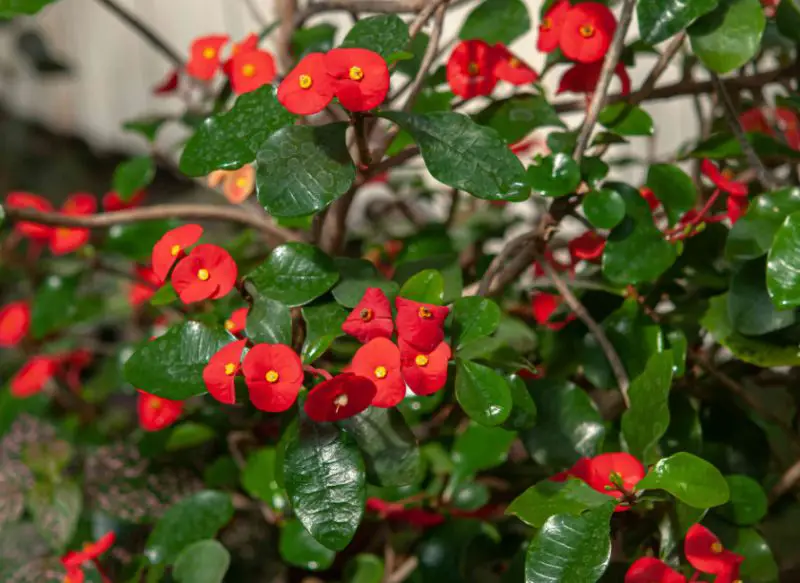
Crown of Thorns is a hardy, drought-tolerant succulent shrub that features spiny stems and clusters of small flowers surrounded by colorful bracts in red, pink, yellow, or white. The plant typically grows 2 to 3 feet tall, although it can reach up to 5 feet in ideal conditions. Its thick, fleshy stems store water and help it survive in hot, dry environments.
The spines and toxic milky sap of Crown of Thorns provide strong protection against rabbits and other herbivores. The latex sap can irritate skin and mucous membranes, so it’s naturally avoided by animals and should be handled with care by gardeners.
Crown of Thorns thrives in full sun and well-drained soil, making it perfectly suited to Florida’s hot, dry conditions—especially in USDA zones 9 through 11. It’s commonly used in rock gardens, borders, and containers, and it requires minimal watering once established, making it a great option for xeriscaping or drought-prone areas.





